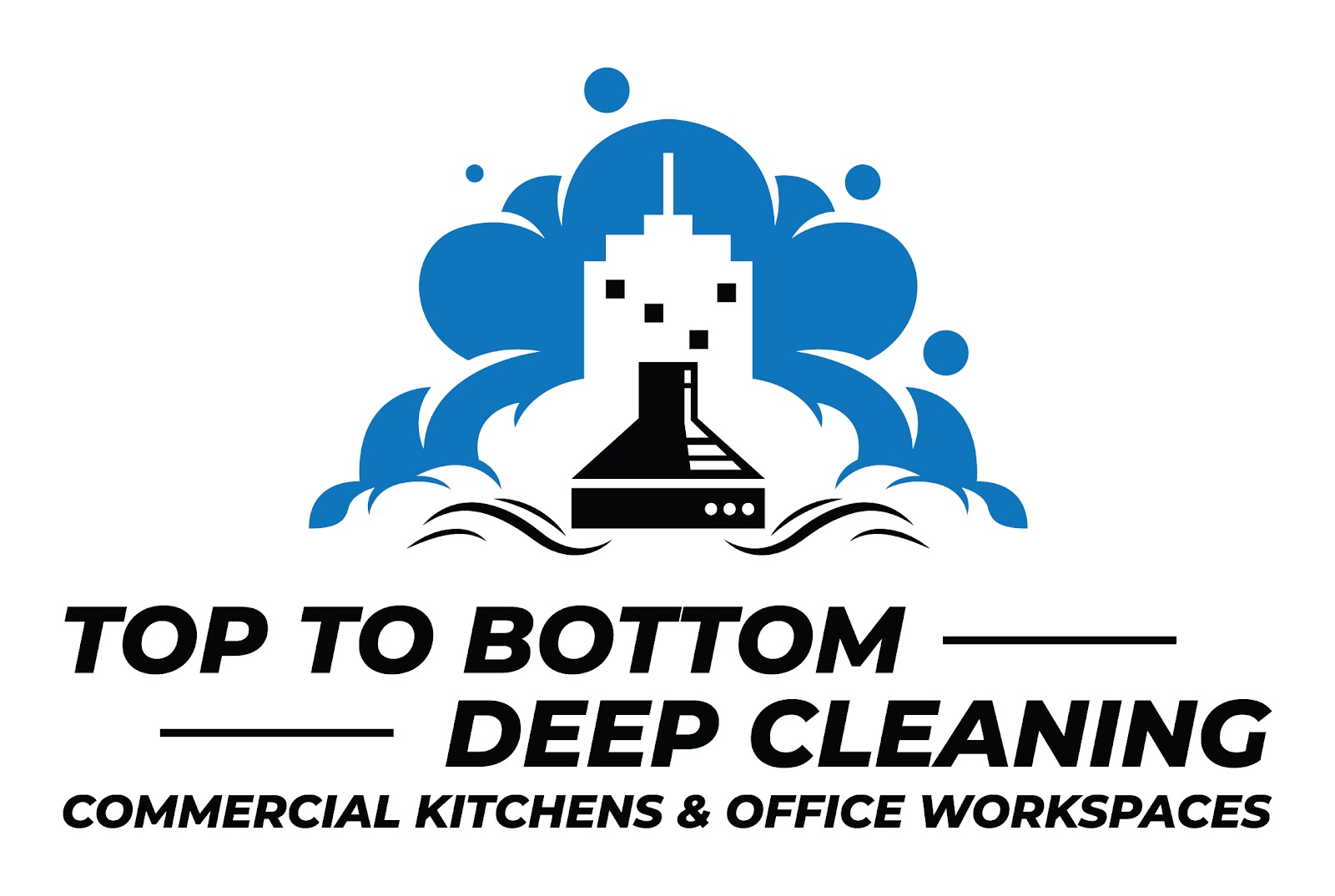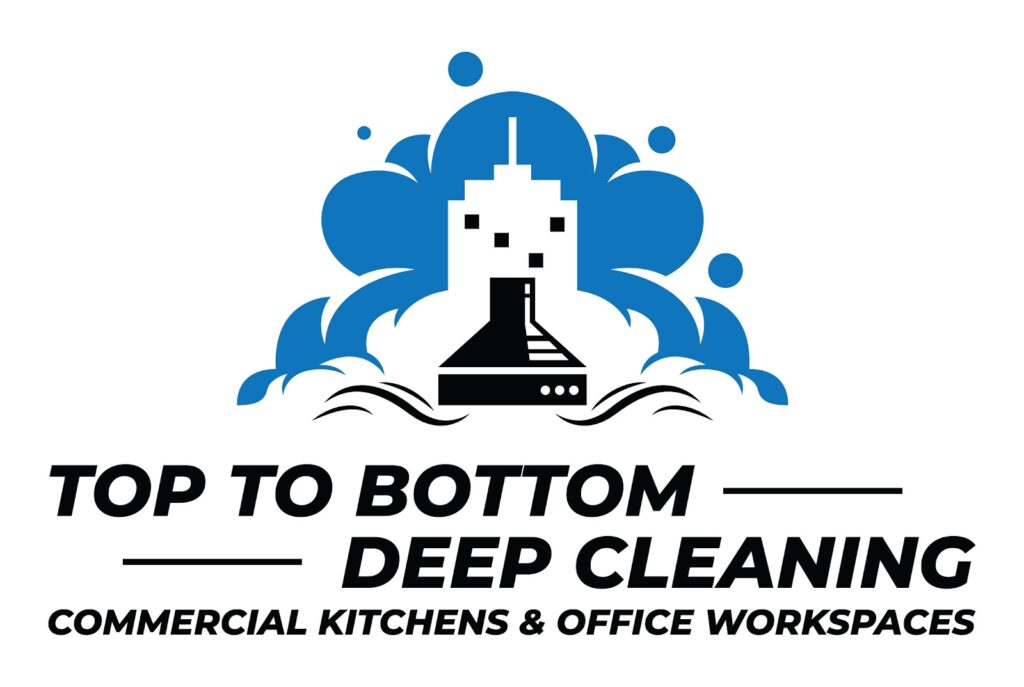In the fast-paced environment of a commercial kitchen, safety and cleanliness should never be compromised. One key area that often goes unnoticed is the kitchen ventilation system, specifically the hood. Restaurant hood cleaning is essential not just for maintaining a clean workspace but also for ensuring compliance with safety regulations and protecting your business from fire hazards.
This guide covers everything you need to know about restaurant hood cleaning, from its importance to practical tips and professional solutions.
Why Restaurant Hood Cleaning is Essential
1. Prevents Fire Hazards
Grease-laden vapors from cooking accumulate in the hood, ducts, and exhaust fans over time. These deposits are highly flammable and a leading cause of kitchen fires. Regular cleaning significantly reduces this risk, protecting your staff, customers, and property.
2. Ensures Compliance
Health and safety regulations require routine hood cleaning in commercial kitchens. The National Fire Protection Association (NFPA) mandates specific cleaning intervals based on cooking volume and type. Failure to comply can result in fines, closure, or increased insurance premiums.
3. Promotes Air Quality
A dirty hood and ventilation system impede airflow, leading to poor air quality in the kitchen. This can cause discomfort for staff and affect the dining experience for customers. Regular cleaning ensures proper ventilation and a healthier environment.
4. Protects Your Equipment
Grease buildup can strain your ventilation system, causing it to work harder and wear out faster. Routine maintenance prolongs the life of your equipment and reduces repair or replacement costs.
How Often Should You Clean Your Restaurant Hood?
The frequency of cleaning depends on your kitchen’s cooking volume and type of food prepared:
- High-volume kitchens (e.g., 24-hour diners, fast-food chains): Every 1–3 months.
- Moderate-volume kitchens: Every 6 months.
- Low-volume kitchens (e.g., seasonal businesses): Annually.
It’s best to consult with a professional service to determine the ideal schedule for your kitchen.
Steps in Professional Hood Cleaning
Professional hood cleaning ensures thorough removal of grease and grime. The process typically involves:
- Inspection
Technicians assess the hood, ducts, and exhaust fan for grease buildup and potential issues. - Preparation
Protective coverings are placed over kitchen equipment to prevent contamination. Power to the system is also turned off for safety. - Cleaning
High-pressure washers, specialized degreasers, and scrubbing tools are used to clean the hood, filters, ducts, and exhaust fan. - Polishing
After cleaning, the hood is polished for a professional finish, improving both appearance and hygiene. - Certification
Most services provide a cleaning certificate as proof of compliance with NFPA standards, which is often required for inspections.
DIY vs. Professional Hood Cleaning
While DIY efforts can help with surface cleaning, they can’t replace the expertise of professionals.
DIY Cleaning
- Pros: Cost-effective for minor grease removal and daily maintenance.
- Cons: Limited reach, time-consuming, and does not meet compliance standards.
Professional Cleaning
- Pros: Comprehensive, efficient, and ensures regulatory compliance.
- Cons: Requires scheduling and is costlier upfront but saves in the long run.
Tips for Maintaining a Clean Hood Between Services
- Daily Wipe-Downs: Clean visible grease from the hood’s surface with a degreaser.
- Regular Filter Changes: Replace or clean filters monthly to reduce grease buildup.
- Train Staff: Educate your team on proper cleaning techniques and grease management.
- Monitor Grease Levels: Regularly inspect the hood and ducts for excessive grease and address it promptly.
Choosing the Right Hood Cleaning Service
When hiring a professional hood cleaning service, consider the following:
- Certifications: Ensure the company complies with NFPA standards.
- Experience: Choose a provider with expertise in cleaning commercial kitchens.
- Reputation: Look for positive reviews and recommendations.
- Pricing: Request detailed quotes to avoid hidden charges.
Benefits of Professional Hood Cleaning
1. Peace of Mind
Professional cleaning reduces fire risks and ensures compliance with safety regulations, allowing you to focus on running your restaurant.
2. Improved Efficiency
A clean ventilation system improves airflow, making your kitchen cooler and more efficient.
3. Enhanced Reputation
A spotless kitchen reflects your commitment to hygiene and professionalism, impressing both inspectors and customers.
4. Long-Term Savings
Routine cleaning prevents costly repairs and extends the lifespan of your equipment.
Conclusion
Restaurant hood cleaning is more than a maintenance task—it’s a vital investment in safety, compliance, and efficiency. Whether you run a bustling diner or a cozy café, prioritizing regular cleaning helps protect your business, staff, and customers.
Partnering with a professional cleaning service ensures a thorough job that meets regulatory standards. Take the first step today and keep your kitchen safe, clean, and ready to serve with confidence.



